
Petr Stolín Architect – interview with curator Filip Šenk
Source
Galerie současného umění a architektury, DUČB
Galerie současného umění a architektury, DUČB
Publisher
Petr Šmídek
19.07.2021 06:00
Petr Šmídek
19.07.2021 06:00
Czech Republic
České Budějovice
Petr Stolín
Jan Stolín
From June 10 to August 29, 2021, the Art House in České Budějovice is hosting an exhibition Petr Stolín Architect dedicated to the Svitavy-born and Liberec patriot Petr Stolín, whose collaborative work with Alena Mičeková has garnered wide international acclaim. During the June opening, we posed several questions to the exhibition curator Filip Šenka, who has previously collaborated with Petr Stolín on several architectural exhibitions and is also working together with him at the Technical University in Liberec.
Filipe, you have rich curatorial experience. How do you face the difficulties that exhibiting architecture presents?
Rich is a strong word. I would say that exhibiting architecture is practically impossible; spatial experience is unique due to its connection with a specific place. Therefore, it seems meaningful to exhibit the thinking of architecture through forms, materials, light, relationships that it creates, etc. It is not a particularly groundbreaking observation, but when I realized it—though it did not come immediately—it significantly broadened my field of possibilities and brought with it a certain ease in shaping the exhibition as an event of its own.
With Petr Stolín, with whom you teach at the Liberec school, you were the curator of the exhibition 5866 at the Prague GJF three years ago, which presented this familiar space from a completely new perspective.
I know Petr and Honza Stolín thanks to my involvement in Liberec. I enjoy collaborating with both of them; they are imaginative, think differently than I do, and yet I think we are quite close. For the exhibition 5866, we changed the relationships of the well-known space of Frágnerka. The defining experiences of architecture, such as entry, movement through space, and light, changed, and then this well-known gallery space appeared as something that needed to be discovered. There is something self-evident in that; after all, when we navigate our home in the dark, our experience of a familiar space is different. We take space for granted, as a ubiquitous framework—it is not neutral, however. Alongside hard qualities like dimension, it is intertwined with soft concepts such as atmosphere and mood that significantly influence how we perceive and experience the things around us and ourselves.
In addition to monographic exhibitions dedicated to a single individual or studio, you have also curated thematic exhibitions such as Punk in Architecture. How much more complicated is it to present an entire architectural theme?
An entire theme can never be fully represented. Each exhibition could continue to be worked on and explored in greater depth. Specifically with Punk, the goal was to emphasize the distinctive figures who could and can think against the times in which they create. Additionally, it was about shaking up one’s own mind so that the dust of habituation falls away from familiar things. Whether we completely succeeded, I don’t know. I still consider it important to devote appropriate attention to key buildings. It is necessary to revisit important buildings and creators because they open up the depth of world experience at a given historical moment, as well as the power of creativity. They show what architecture can be when it seriously takes the role of a tool for articulating human position in the world. Then, a house is not just a banal defense against the discomfort of the outdoors or a waiting station between other events elsewhere. It concretizes the world, materializes the values of the lived world; thus, a house becomes an event in which the intimate and internal world of an individual encounters the public and external world in a continuous fold. Confusing information for knowledge or even understanding seems to me an unpleasant mistake.
The Gallery of Contemporary Art and Architecture in České Budějovice has established an unshakeable role on the Central European scene under Michal Škoda’s leadership. Michal Škoda is also known for not wanting to present architecture in a traditional/easiest way (through models and plans). How did the preparations for the exhibition go?
I agree; Michal Škoda has indeed built a strong artistic institution. Few exhibitions have escaped my attention there in recent years. The preparations were at times complicated due to the pandemic because we didn't even know if and how the exhibition would be feasible. Petr, Honza, Alena Mičeková, and I meet relatively regularly and discuss various things, so I would say that the exhibition is essentially an intermediary product of these discussions.
What is the goal of the message of the exhibition in Budějovice?
I don’t know if I should reveal the manual for use. I can describe one dimension that seems important and also enjoyable to me. Zen Houses are already quite a known structure here, but the building itself, as is often the case, tends to be identified with the photos showing the simple geometry of parallel masses. Zen Houses are photogenic. The exhibition aims—again using images—to tear apart the seductive surface of the photographs and thus show the asymmetry brought to them by the everyday and ordinary stay there; in other words, the authority of life over form. However, that ordinary staying is not so simple; the poetics of modesty, the intense awareness of space connected with the ordinary, worn-out, and touched daily existence of common materials creates moments of beauty.
In your case, it is hard to maintain a critical distance from Stolín's work, but could you still try to describe what distinguishes his studio (either architectural or academic at FUA) in the Czech environment?
I still strive for a certain critical distance, which is hopefully present in my texts. I believe that the uniqueness is given by authenticity and autonomy. It is frustrating that these terms have been practically raided by the omnipresent language of advertising. Yet, they represent important qualities: autonomy as the ability to think independently and not be just another consumable product of the times, while not falling into narcissism. Authenticity as the ability to credibly articulate what is important, including moments of beauty. The houses that Petr and Alena create fulfill this, I think, both modestly and magnificently at the same time, which is why they have such a significant professional reception. There are not many architects like that in our country.
Rich is a strong word. I would say that exhibiting architecture is practically impossible; spatial experience is unique due to its connection with a specific place. Therefore, it seems meaningful to exhibit the thinking of architecture through forms, materials, light, relationships that it creates, etc. It is not a particularly groundbreaking observation, but when I realized it—though it did not come immediately—it significantly broadened my field of possibilities and brought with it a certain ease in shaping the exhibition as an event of its own.
With Petr Stolín, with whom you teach at the Liberec school, you were the curator of the exhibition 5866 at the Prague GJF three years ago, which presented this familiar space from a completely new perspective.
I know Petr and Honza Stolín thanks to my involvement in Liberec. I enjoy collaborating with both of them; they are imaginative, think differently than I do, and yet I think we are quite close. For the exhibition 5866, we changed the relationships of the well-known space of Frágnerka. The defining experiences of architecture, such as entry, movement through space, and light, changed, and then this well-known gallery space appeared as something that needed to be discovered. There is something self-evident in that; after all, when we navigate our home in the dark, our experience of a familiar space is different. We take space for granted, as a ubiquitous framework—it is not neutral, however. Alongside hard qualities like dimension, it is intertwined with soft concepts such as atmosphere and mood that significantly influence how we perceive and experience the things around us and ourselves.
In addition to monographic exhibitions dedicated to a single individual or studio, you have also curated thematic exhibitions such as Punk in Architecture. How much more complicated is it to present an entire architectural theme?
An entire theme can never be fully represented. Each exhibition could continue to be worked on and explored in greater depth. Specifically with Punk, the goal was to emphasize the distinctive figures who could and can think against the times in which they create. Additionally, it was about shaking up one’s own mind so that the dust of habituation falls away from familiar things. Whether we completely succeeded, I don’t know. I still consider it important to devote appropriate attention to key buildings. It is necessary to revisit important buildings and creators because they open up the depth of world experience at a given historical moment, as well as the power of creativity. They show what architecture can be when it seriously takes the role of a tool for articulating human position in the world. Then, a house is not just a banal defense against the discomfort of the outdoors or a waiting station between other events elsewhere. It concretizes the world, materializes the values of the lived world; thus, a house becomes an event in which the intimate and internal world of an individual encounters the public and external world in a continuous fold. Confusing information for knowledge or even understanding seems to me an unpleasant mistake.
The Gallery of Contemporary Art and Architecture in České Budějovice has established an unshakeable role on the Central European scene under Michal Škoda’s leadership. Michal Škoda is also known for not wanting to present architecture in a traditional/easiest way (through models and plans). How did the preparations for the exhibition go?
I agree; Michal Škoda has indeed built a strong artistic institution. Few exhibitions have escaped my attention there in recent years. The preparations were at times complicated due to the pandemic because we didn't even know if and how the exhibition would be feasible. Petr, Honza, Alena Mičeková, and I meet relatively regularly and discuss various things, so I would say that the exhibition is essentially an intermediary product of these discussions.
What is the goal of the message of the exhibition in Budějovice?
I don’t know if I should reveal the manual for use. I can describe one dimension that seems important and also enjoyable to me. Zen Houses are already quite a known structure here, but the building itself, as is often the case, tends to be identified with the photos showing the simple geometry of parallel masses. Zen Houses are photogenic. The exhibition aims—again using images—to tear apart the seductive surface of the photographs and thus show the asymmetry brought to them by the everyday and ordinary stay there; in other words, the authority of life over form. However, that ordinary staying is not so simple; the poetics of modesty, the intense awareness of space connected with the ordinary, worn-out, and touched daily existence of common materials creates moments of beauty.
In your case, it is hard to maintain a critical distance from Stolín's work, but could you still try to describe what distinguishes his studio (either architectural or academic at FUA) in the Czech environment?
I still strive for a certain critical distance, which is hopefully present in my texts. I believe that the uniqueness is given by authenticity and autonomy. It is frustrating that these terms have been practically raided by the omnipresent language of advertising. Yet, they represent important qualities: autonomy as the ability to think independently and not be just another consumable product of the times, while not falling into narcissism. Authenticity as the ability to credibly articulate what is important, including moments of beauty. The houses that Petr and Alena create fulfill this, I think, both modestly and magnificently at the same time, which is why they have such a significant professional reception. There are not many architects like that in our country.
The English translation is powered by AI tool. Switch to Czech to view the original text source.
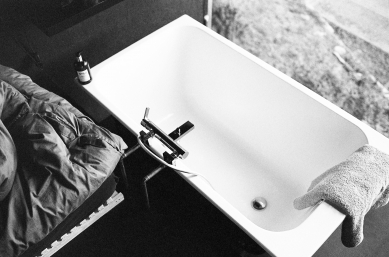
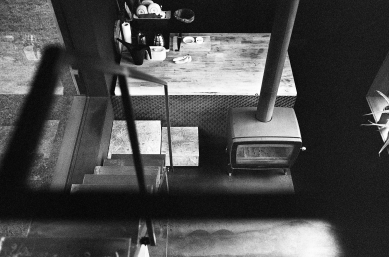
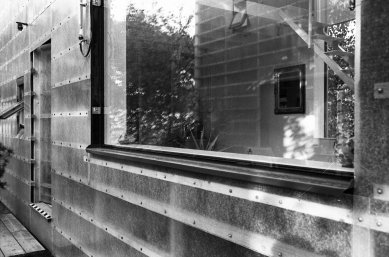
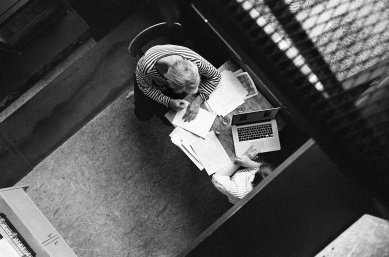

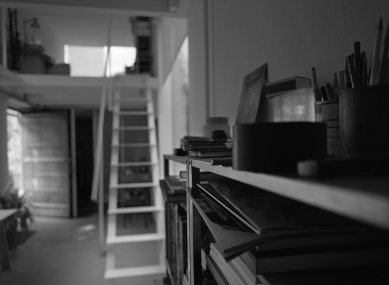
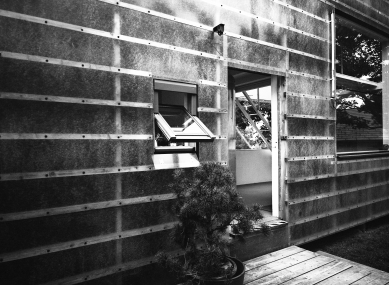
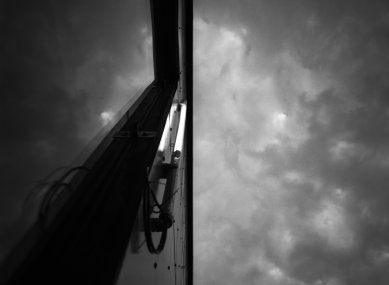
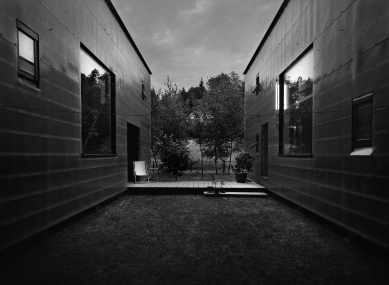
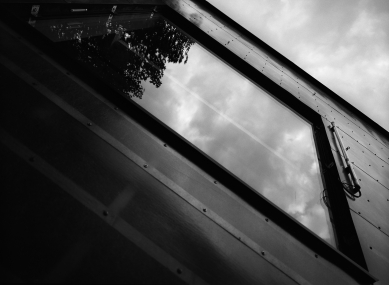
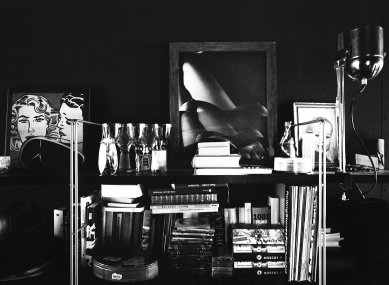
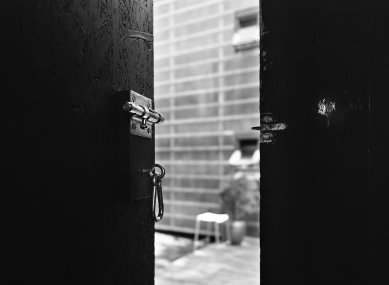

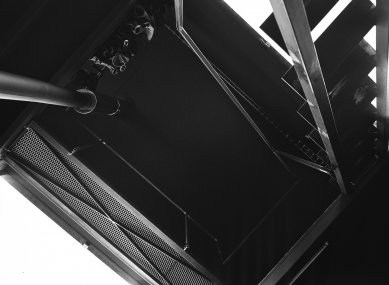
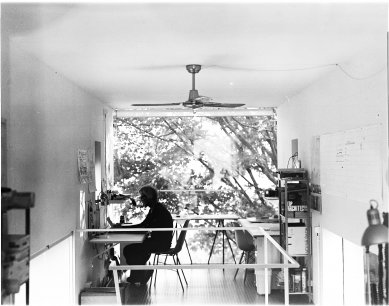
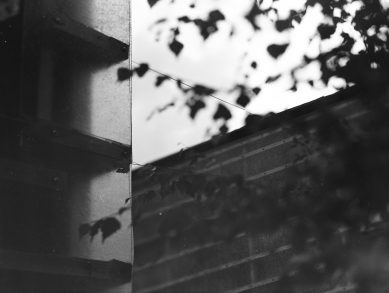
0 comments
add comment











